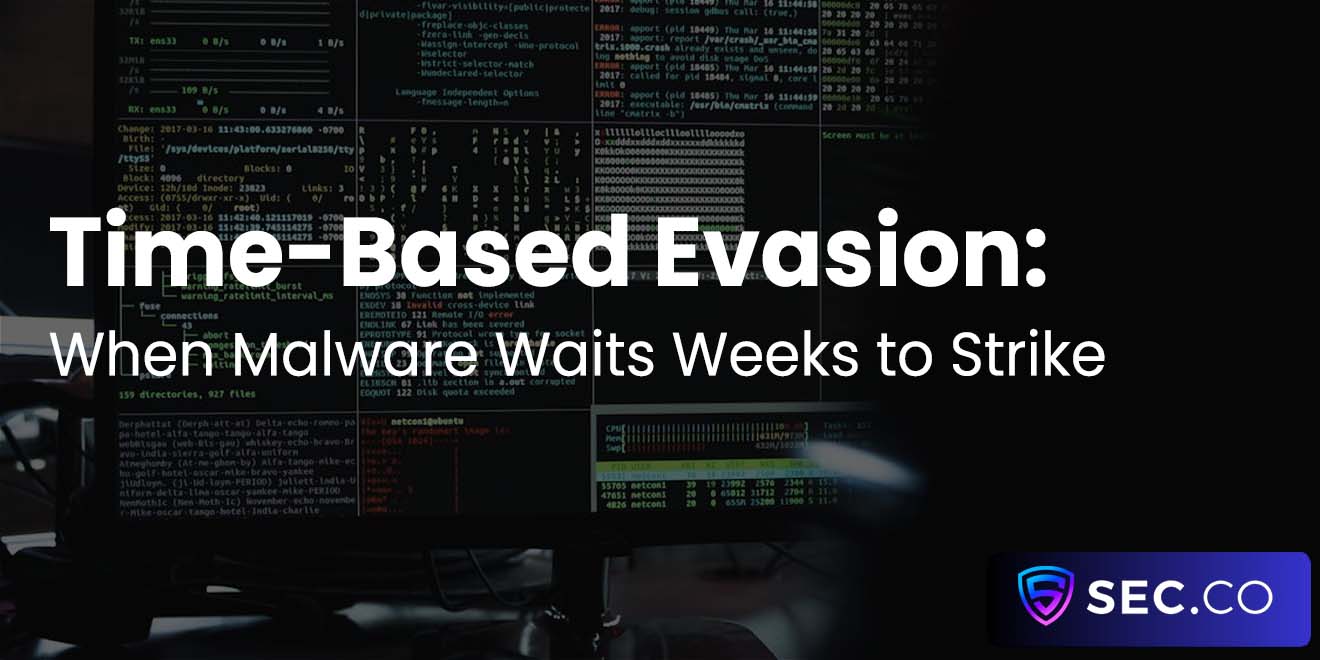Synthetic Identity Fraud: AI-Generated Personas and Their Impact on Security
Ever feel uneasy about how often your personal data floats around online? You’re not alone. Data breaches, phishing scams, and old-fashioned identity theft have been hot topics for years. But there’s a new trick in the scammers’ playbook—one that blurs the line between fact and fiction in a way we’ve never really seen before.
It’s called “synthetic identity fraud.” And, thanks to AI, it’s getting easier for criminals to stitch together bits of real data (like Social Security Numbers) with totally made-up names, addresses, and personal history. Below, we’ll peel back the layers of this emerging threat so you can see how it plays out—and, more importantly, how you can safeguard your finances, your reputation, and your organization.
What Exactly Is Synthetic Identity Fraud?
If you’ve ever heard stories about criminals rooting through mailboxes or hacking into hospital databases to steal personal info, imagine that on steroids. With synthetic identity fraud, hackers don’t need a complete record of one person’s data. Instead, they can mix and match real snippets—like a legitimate SSN that might belong to someone who rarely checks their credit report—alongside fake addresses, names, and birth dates.
It’s not some Hollywood storyline. This is happening daily, and often these new “identities” are convincing enough to slip past basic security checks.
Once a synthetic ID is set up, criminals can open credit lines, rent apartments, or even secure jobs under a bogus persona. It’s like identity theft 2.0, but far harder to detect.
AI: The Criminal’s Secret Weapon—and Ours
Why has synthetic identity fraud exploded now? Blame (or credit) artificial intelligence. AI algorithms can piece together plausible identities quickly and pull from massive data sets on the dark web.
Realistic Deepfakes: Fraudsters can generate fake profile pictures or even video chat with unsuspecting bank agents using deepfake technology. If the system relies on a quick facial recognition check, it could be fooled.
Automated Social Media Profiles: AI-driven bots can populate social media streams with “everyday” posts—like cat memes, weekend outing pictures, and random check-ins—to give an illusion of real human activity.
AI-Driven Scammers vs. AI-Driven Defenses: The good news is that cybersecurity professionals have AI on their side, too. Machine learning tools can detect unusual patterns—like hundreds of new credit applications originating from the same IP address—and flag them before the damage escalates.
The Real-World Damage
The scariest part of synthetic identity fraud? It’s not a one-time hit like someone using your stolen credit card for an online shopping spree. It can quietly snowball over months or even years.
Mounting Debt: Picture a criminal building up a decent credit score under a fake name, then suddenly maxing out every available line of credit and disappearing. Lenders wind up absorbing huge losses, and actual people with partial data stolen might suffer credit headaches they had nothing to do with.
Draining Trust: When banks and businesses discover synthetic fraud, it often shakes trust from customers worried about their own data. Companies then have to invest big in damage control and souped-up security, which can drain resources.
Regulatory Trouble: If an organization even inadvertently facilitates fraudulent accounts, they can end up in regulatory hot water. It’s a lose-lose all around.
Guarding Against Synthetic Identities: What Actually Works
No single silver bullet will halt every instance of synthetic identity fraud, but there are proven steps to reduce your exposure:
Stay on Top of Your Credit Reports: If you see weird activity—like a sudden new installment loan you don’t recognize—pay attention. Getting on that quickly can reduce future headaches.
Multi-Factor Authentication (MFA) and Biometric Scans: Yes, it might be a hassle, but that extra layer could make the difference between “breached” and “secure.” Something as simple as needing a fingerprint or a face scan can stop many fraudsters cold.
Employee Training: If you run a business, your team needs to know how to spot red flags. It might be a caller fumbling personal details or an email screaming “URGENT!” with suspicious attachments.
Cross-Verification Systems: Banks and lenders are experimenting with advanced tools that cross-check information like addresses, phone numbers, and SSNs against multiple databases. Consistency issues can quickly reveal a synthetic identity.
The Collective Effort to Stay Ahead
The fight against synthetic identity fraud isn’t just about you or one company—it’s about everyone stepping up. You see law enforcement collaborating with cybersecurity experts to share alerts on new schemes. And government regulators are encouraging companies to pool resources, discuss vulnerabilities, and keep each other in the loop when something suspicious surfaces.
Looking Down the Road
Technology is always evolving, which means both criminals and security professionals are racing to adapt. AI-driven fraud tactics will likely become increasingly sophisticated: think more lifelike deepfakes and more subtle social media footprints. However, advanced AI-based defenses—like behavior analytics and anomaly detection—are also improving, often unnoticed until they foil a major hack.
At the end of the day, synthetic identity fraud serves as a stark reminder that our digital footprints matter. The best approach? Stay curious, stay informed, and don’t assume that a request or a persona is legitimate just because it “seems” authentic. In a world where data is currency, a smidgen of skepticism and a few extra verification steps can keep you and your community one step ahead of fraudsters looking to game the system.
Trusted by the Web Community
See what we written lately
Request an invite
Get a front row seat to the newest in identity and access.















